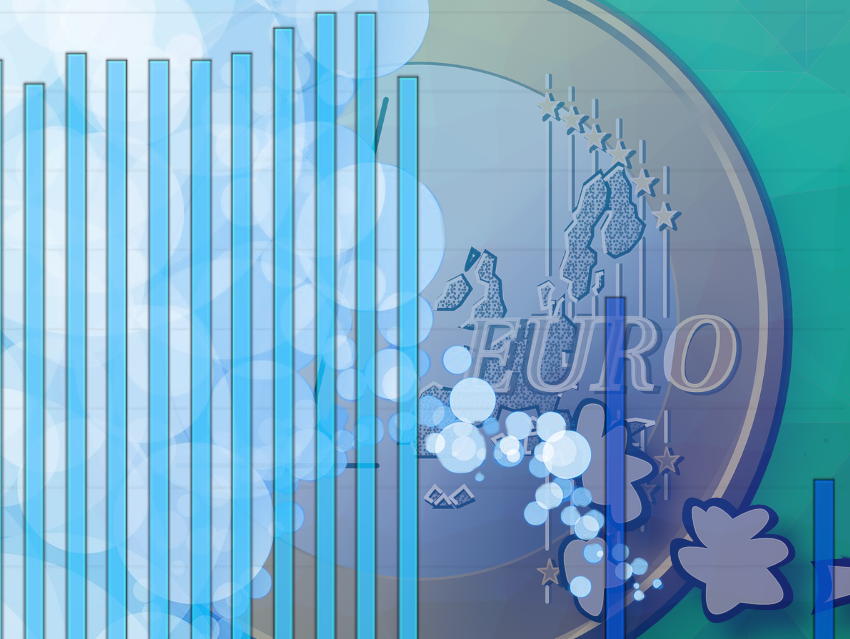In the Paris Climate Agreement, the signatory states pledge to reduce their greenhouse gas emissions rapidly and sustainably to slow the progress of climate change. The European Union has also announced reduction targets for its greenhouse gas emissions as part of its Nationally Determined Commitments (NDCs). As early as 2030, 55 % fewer climate-relevant emissions are to be emitted than in 1990, and the so-called net zero target is to be achieved in 2050. The emissions that are then still unavoidable are to be compensated for with the help of negative emissions. To achieve these reduction targets under the existing time pressure, massive and rapid investment shifts to low-emission technologies are necessary.
In the European Union, starting immediately, the investment of 302 billion euros per year would be needed to embark on the path to the net-zero emissions target and to achieve this goal in 2050. Every year, 87 billion euros more would have to be invested than annually in the period from 2016 to 2020, according to Lena Klaaßen and Bjarne Steffen, ETH Zurich, Switzerland. For their meta-study, the researchers analyzed 628 time series from 56 studies. Of these, 18 were developed in an academic context and were subject to peer review, 15 were from governments or international organizations (IOs) like the EU Commission, and 23 were from industry.
To move forward with sufficient speed on the way to the net-zero target, the largest leap in investment for the next fifteen years is required within the very near term (2021–2025), and, thus, the diversion of established financial flows is necessary. Almost all technologies require an increase in investment, only investments in conventional power plants and oil and gas infrastructure should decrease. The researchers see the greatest need for additional annual investments in power plants for renewable energies (+€24 billion yr−1), power grids and energy storage systems (+€24 billion yr−1), and rail infrastructure (+€25 billion yr−1). For conventional fuel infrastructure, the investment will have to decline (−€13 billion yr−1), but still amounts to €42 billion per year. These trends are reinforced by the EU’s recent efforts to become independent of Russian gas imports.
The share of investment in the infrastructure under consideration was between 1.3 and 1.5 % of the European gross domestic product (GDP) in the past decade. In the current decade, it would probably have to rise to 1.5 to 1.8 %. This necessary increase of a maximum of 0.5 percentage points of GDP suggests that it would be economically possible for Europe to increase investment to the necessary level even in the short term.
- Meta-analysis on necessary investment shifts to reach net zero pathways in Europe,
Lena Klaaßen, Bjarne Steffen,
Nat. Clim. Change 2023.
https://doi.org/10.1038/s41558-022-01549-5




